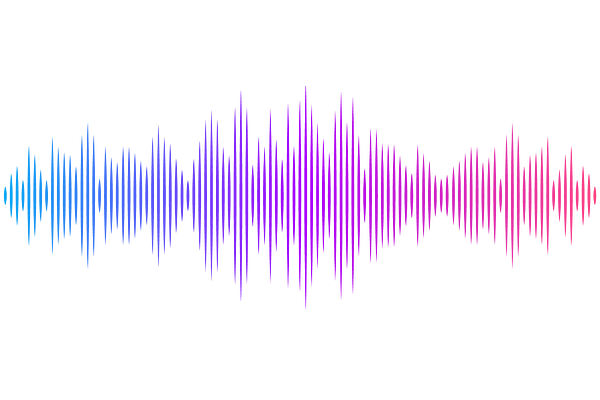Unveiling Vertebrate Development Dynamics in Frog Xenopus laevis using Micro-CT Imaging

Unveiling Vertebrate Development Dynamics in Frog Xenopus laevis using Micro-CT Imaging
Laznovsky, J.; Kavkova, M.; Reis, A.; Robovska-Havelkova, P.; Krivanek, J.; Zikmund, T.; Kaiser, J.; Buchtova, M.; Harnos, J.
AbstractBackground: Xenopus laevis, the African clawed frog, is a versatile vertebrate model organism employed across various biological disciplines, prominently in developmental biology to elucidate the intricate processes underpinning body plan reorganization during metamorphosis. Despite its widespread utility, a notable gap exists in the availability of comprehensive datasets encompassing Xenopus\' late developmental stages. Findings: In the present study, we harnessed micro-computed tomography (micro-CT), a non-invasive 3D imaging technique utilizing X-rays to examine structures at a micrometer scale, to investigate the developmental dynamics and morphological changes of this crucial vertebrate model. Our approach involved generating high-resolution images and computed 3D models of developing Xenopus specimens, spanning from premetamorphosis tadpoles to fully mature adult frogs. This extensive dataset enhances our understanding of vertebrate development and is adaptable for various analyses. For instance, we conducted a thorough examination, analyzing body size, shape, and morphological features, with a specific emphasis on skeletogenesis, teeth, and organs like the brain at different stages. Our analysis yielded valuable insights into the morphological changes and structure dynamics in 3D space during Xenopus\' development, some of which were not previously documented in such meticulous detail. This implies that our datasets effectively capture and thoroughly examine Xenopus specimens. Thus, these datasets hold the solid potential for additional morphological and morphometric analyses, including individual segmentation of both hard and soft tissue elements within Xenopus. Conclusions: Our repository of micro-CT scans represents a significant resource that can enhance our understanding of Xenopus\' development and the associated morphological changes. The widespread utility of this amphibian species, coupled with the exceptional quality of our scans, which encompass a comprehensive series of developmental stages, opens up extensive opportunities for their broader research application. Moreover, these scans have the potential for use in virtual reality, 3D printing, and educational contexts, further expanding their value and impact.